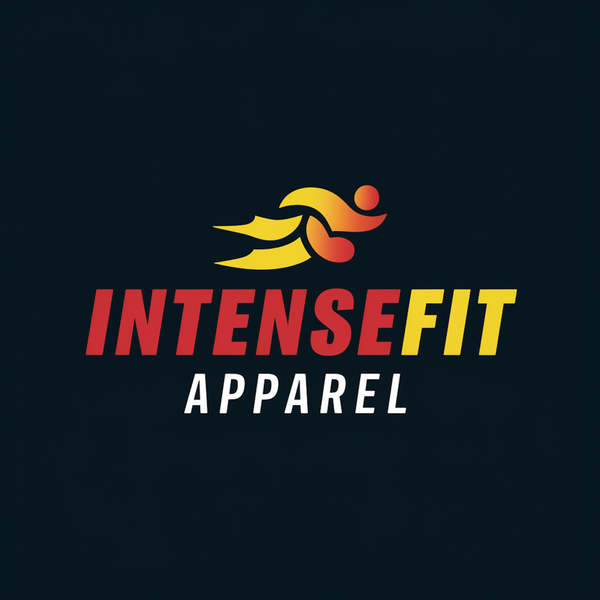Flexible Dieting: Can You Really Build Muscle Eating Pizza? 🍕
Share
Chicken and broccoli every night? Not here. Welcome to flexible dieting, also known as If It Fits Your Macros (IIFYM) — the approach that lets you eat the foods you love and still build muscle.
Instead of obsessing over “clean eating” or strict food lists, flexible dieting is all about hitting your macronutrient targets: protein, carbs, and fats. As long as you hit those numbers, the choice of foods is (mostly) up to you.
But does this freedom really work for muscle growth? Let’s break it down.
The Pros of Flexible Dieting
✅ Sustainability
You don’t have to give up your favorite foods — whether that’s pizza, burgers, or ice cream. This makes the diet easier to stick to long-term.
✅ Still focused on the essentials
By tracking protein, carbs, and fats, you’re ensuring your body gets what it needs to recover and grow. Protein drives muscle repair, carbs fuel workouts, and fats support hormones.
✅ No “good” or “bad” foods
Flexible dieting removes the guilt around eating. A donut doesn’t ruin your diet if it fits your macros — and that mental freedom is huge.
✅ Customization
Works for vegans, keto-friendly eaters, or anyone in between — as long as the numbers add up.
The Cons (and Challenges)
❌ Tracking takes effort
You’ll need to log your food (apps like MyFitnessPal help). It can feel tedious at first.
❌ Quality still matters
Sure, you can eat Pop-Tarts every day… but if you’re skipping veggies and micronutrients, your performance and recovery will suffer.
❌ Portion control required
It’s easy to overshoot calories if you’re always fitting in calorie-dense treats. A single “flexible” meal can blow your macros for the day.
❌ Not a free-for-all
“Flexible” doesn’t mean careless — consistency is still key.
How to Build Muscle on Flexible Dieting
- Set your macros. Figure out daily protein, carb, and fat targets based on your goals (muscle gain vs. fat loss).
- Prioritize protein. Aim for 0.8–1g of protein per pound of bodyweight daily. 🏋️♂️
- Fill in carbs and fats. Carbs fuel workouts; fats keep hormones balanced.
- Stick to the 80/20 rule. 80% whole, nutrient-dense foods — 20% “fun” foods.
- Track consistently. Flexibility only works if you know what’s going in.
Bottom Line
Yes — you can absolutely build muscle on a flexible diet. The key is consistency with your macros, not eating perfectly “clean.” By making room for the foods you love while still hitting your protein and calorie goals, you’ll have a plan that’s sustainable, enjoyable, and effective.
Pizza and PRs? Why not both. 🍕🏋️♀️
For more nutrition tips and fitness gear to match your grind, check out our full series on the IntenseFit Apparel Blog.
